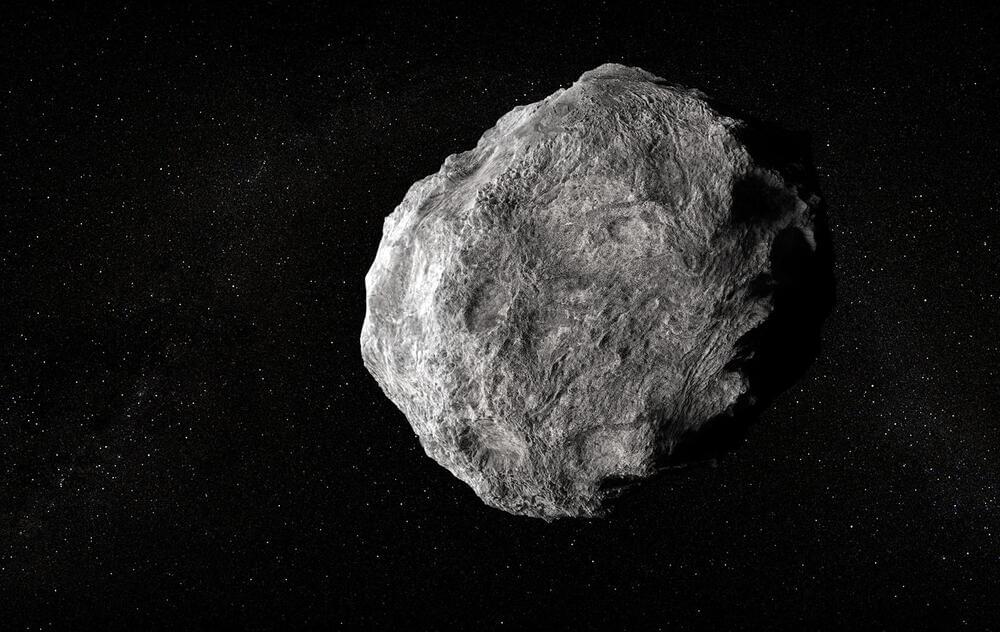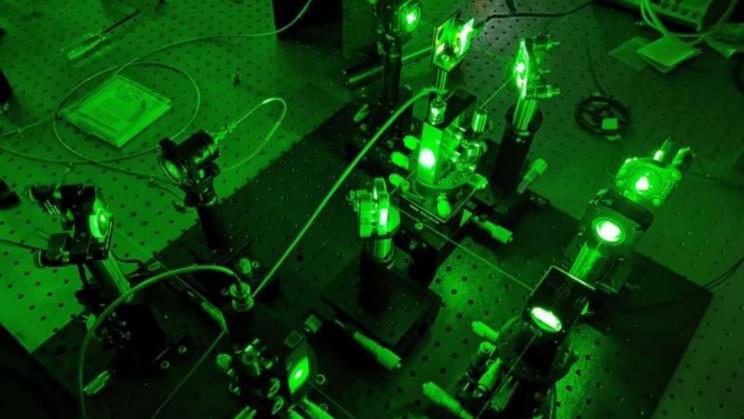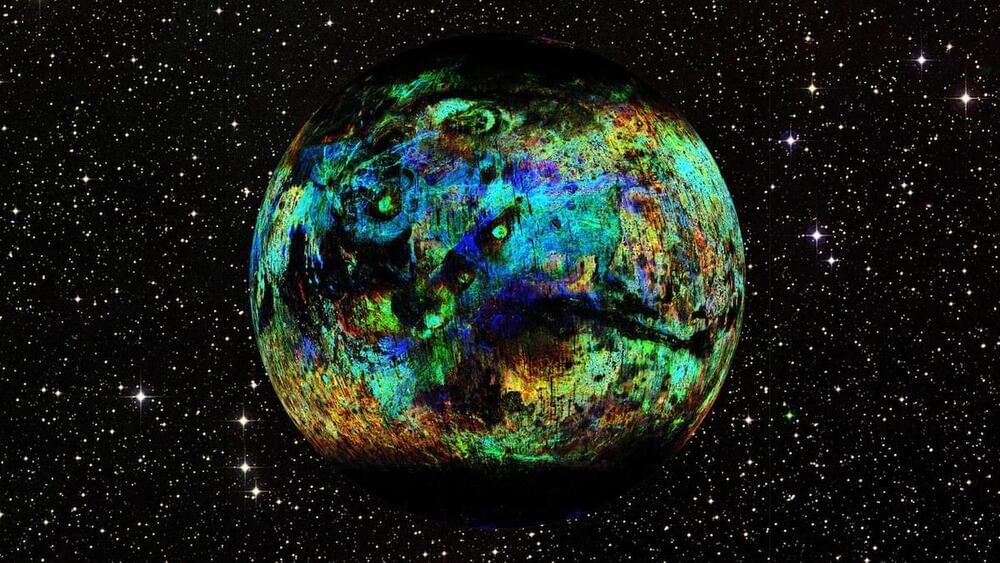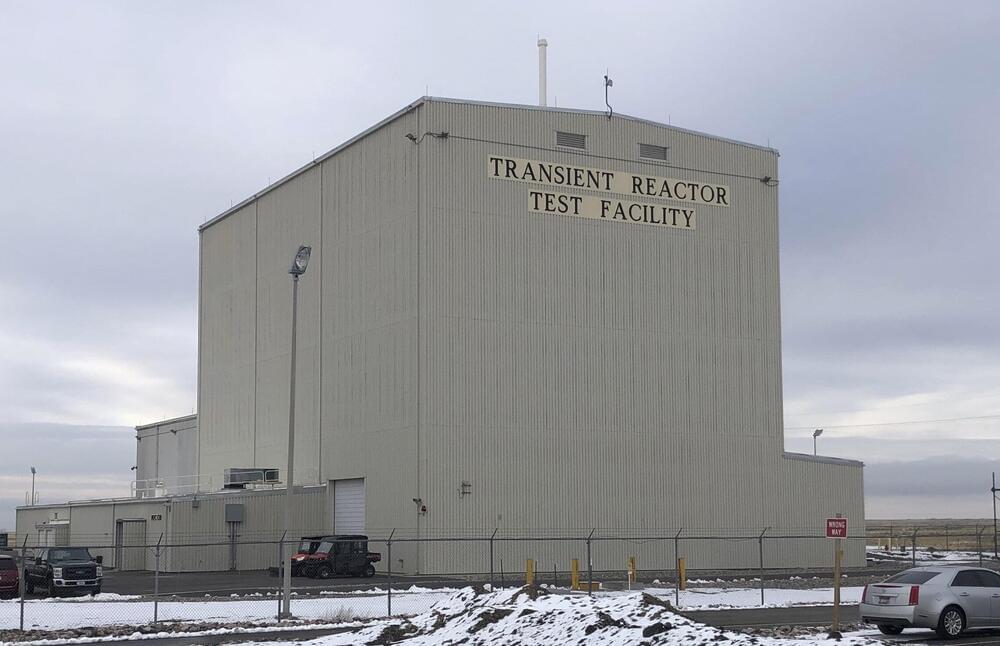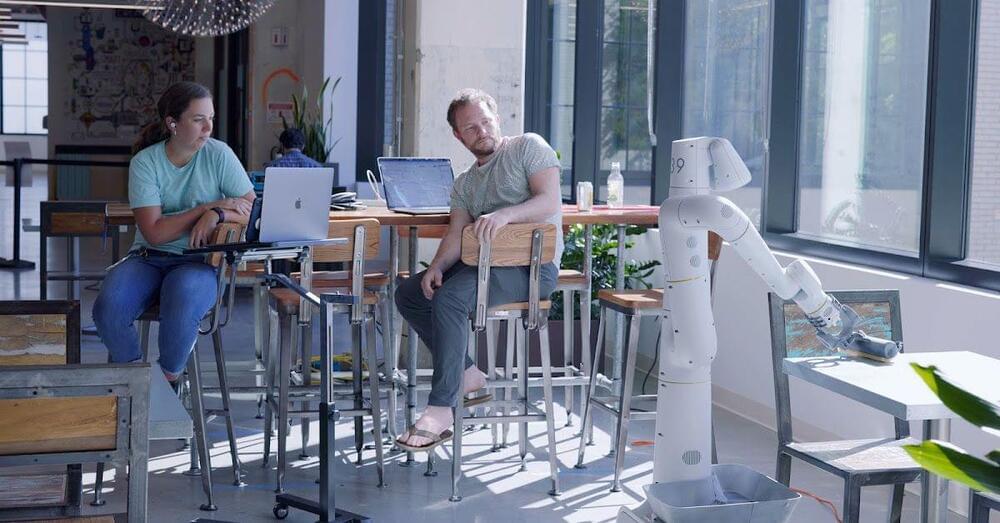NASA scientists have issued a warning about a “Potentially Hazardous Asteroid” (PHA) that will fly close to earth in mid-December. The asteroid is larger than 90 percent of asteroids, according to Daily Record, but still smaller than some of the larger reported asteroids. Thankfully, the asteroid won’t come close enough to our planet to do any damage. Near passes like these happen somewhat frequently. But the term “near” is relative when you’re talking about the infinite vastness of outer space.
Don’t Miss: Black Friday has begun: 10 deals you don’t want to miss on Saturday
NASA predicts that the massive asteroid will pass by Earth on December 11, just a month and a few days from now. The asteroid has been classified as 4,660 Nereus, and NASA does consider it very hazardous. The organization says that the asteroid is almost three times the size of a football pitch — roughly the size of the Eiffel tower.
